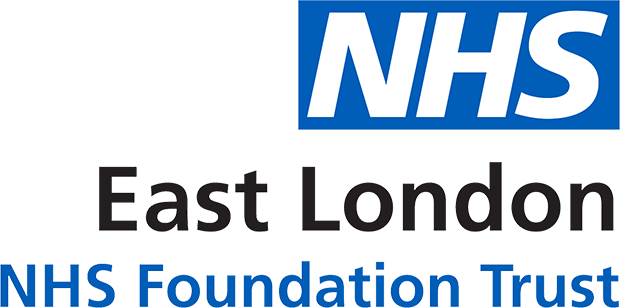
Patient Experience
The patient experience programme is the regular collection of information about service user’s experience at ELFT.
What is the FFT?
The Friends and Family Test (FFT) is an important feedback tool that supports the fundamental principle that people who use NHS services should have the opportunity to provide feedback on their experience.
We use it alongside other experience measures to give us a good overall understanding of what is working well, and what needs improving for service users and their families.
Service users and carers have helped design the questions, and it is important for us to understand the impact that COVID-19 has had on peoples’ experience of using health services, so some of the questions focus on this.
Why is it happening now?
The FFT survey was suspended in April 2020 as strategic national health priorities changed because of the impact of COVID-19. It starts again in November, and we can prepare for this now.
Why does it matter to ELFT staff & service users?
Quality of care is our top priority at ELFT, so it’s vital that we understand the experience of people accessing our services. All our patients, users of services, their carers and loved ones should be given the opportunity to leave feedback on their care and treatment. Without that feedback service users are denied a voice and true involvement in their care, and services have an incomplete picture of the quality of the services we are providing.
Can everyone take part in the FFT?
Everyone should have the opportunity to provide feedback on their experiences of using NHS funded healthcare and we want to make sure that the FFT is as accessible as possible. With this in mind, resources to support people using the tool including children, people with Learning Disabilities, Dementia, ‘people with a hearing impairment or visually impaired will be made available on the Trust website and intranet soon
What does FTT mean for us as a team or service?
Getting feedback is important, and will allow all of us to see where we can celebrate successes, as well as learn more about how to improve the services we deliver. By using the Envoy system, staff can check in on what the FFT tool shows us about feedback in real time.
Sometimes the feedback will describe small scale changes that can be actioned quickly and easily. Other times you might find that a more detailed and integrated response will be needed.
What can I do to make sure as many people participate in the survey as possible?
There are some simple straightforward things we can all do – talk about the FTT with service users and their families, let people know that this is important, that we value what they think about service delivery, and that their opinions are important. Options include:
- Text messaging – If you would like to set your service with text messaging function, please contact QA Team eflt.qa@nhs.net
- Sharing QR Code – Every team has their unique PREM QR code allocated to them which can be used in localised and customised communications such as letters, posters, leaflets, newsletters. You can download the poster already developed for you. Get in touch with your local quality lead or contact QA to obtain your unique QR Code.
- Collect feedback verbally during patient meetings or 1:1 sessions
- Phone calls using Weblink to collect and enter responses – this can be done by your member of staff.
- Direct email to the service users with the Weblink to the survey.
What do our colleagues say about utilising feedback provided?
Martin Orr, Deputy Team Manager for the Older Peoples’ CMHT in Mid Bedfordshire, describes how feedback was used to make informed changes to the service:
“By making sure we pay careful attention to feedback we improve the quality of life of our service users.
“We gathered a lot of feedback as part of our QI project and so we focused our change ideas on that.
“Lack of space in the waiting area was an issue.
“In response, we created additional seating areas and provided more space for wheelchair users and additional legroom.
“Service users also flagged up that the waiting area was too hot. Upon investigation, we discovered that there was underfloor heating so we got an engineer to disconnect it and provided fans for the room in the summer.
The survey did bring out a range of positive views – people shared their recovery experiences which can be inspiration for others to learn about.
“The feedback meant we paid close attention to how our public spaces and waiting areas are used and presented. Further, we provide information about local groups and activities as well as self-help information.”


